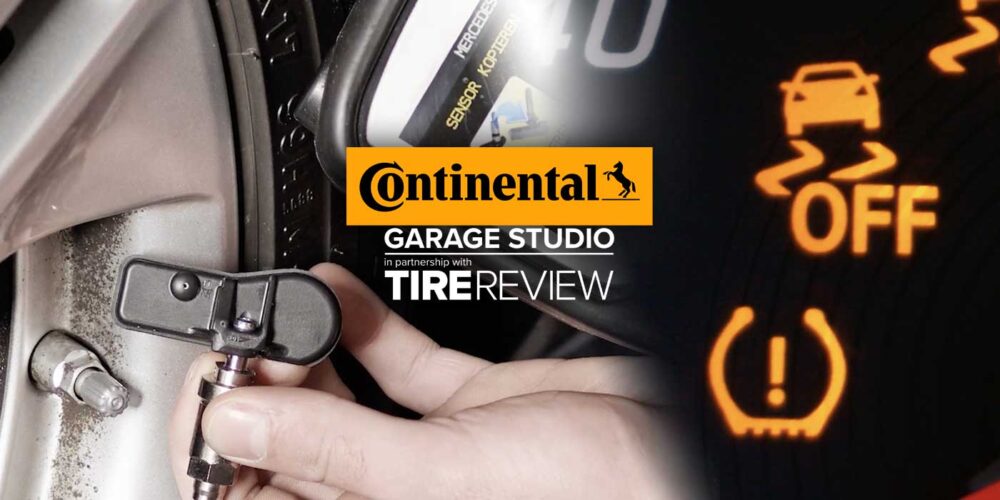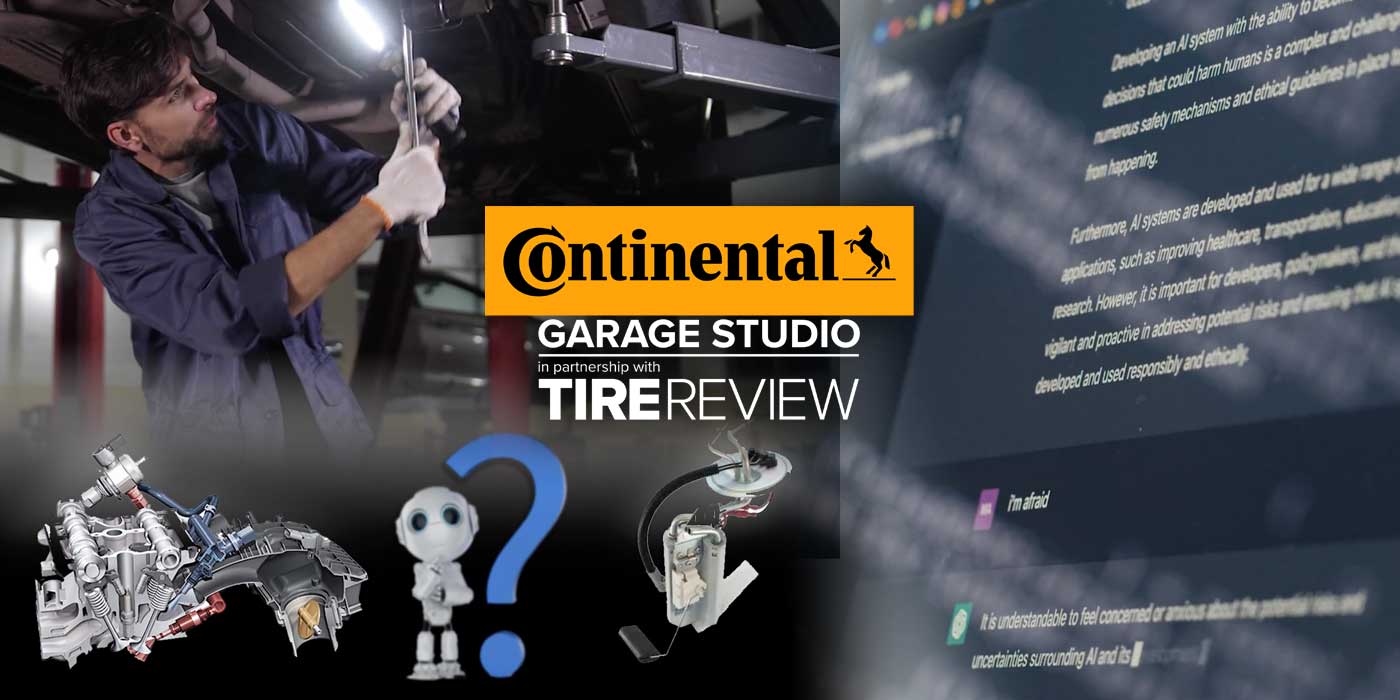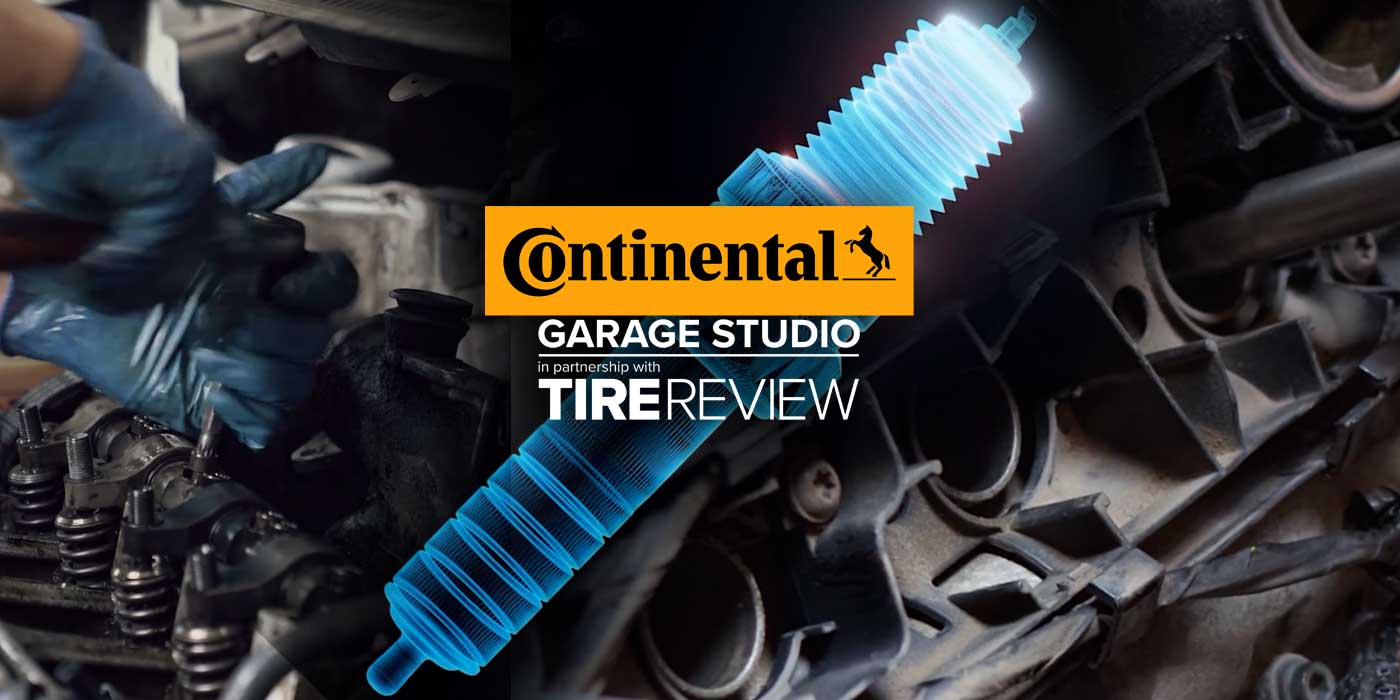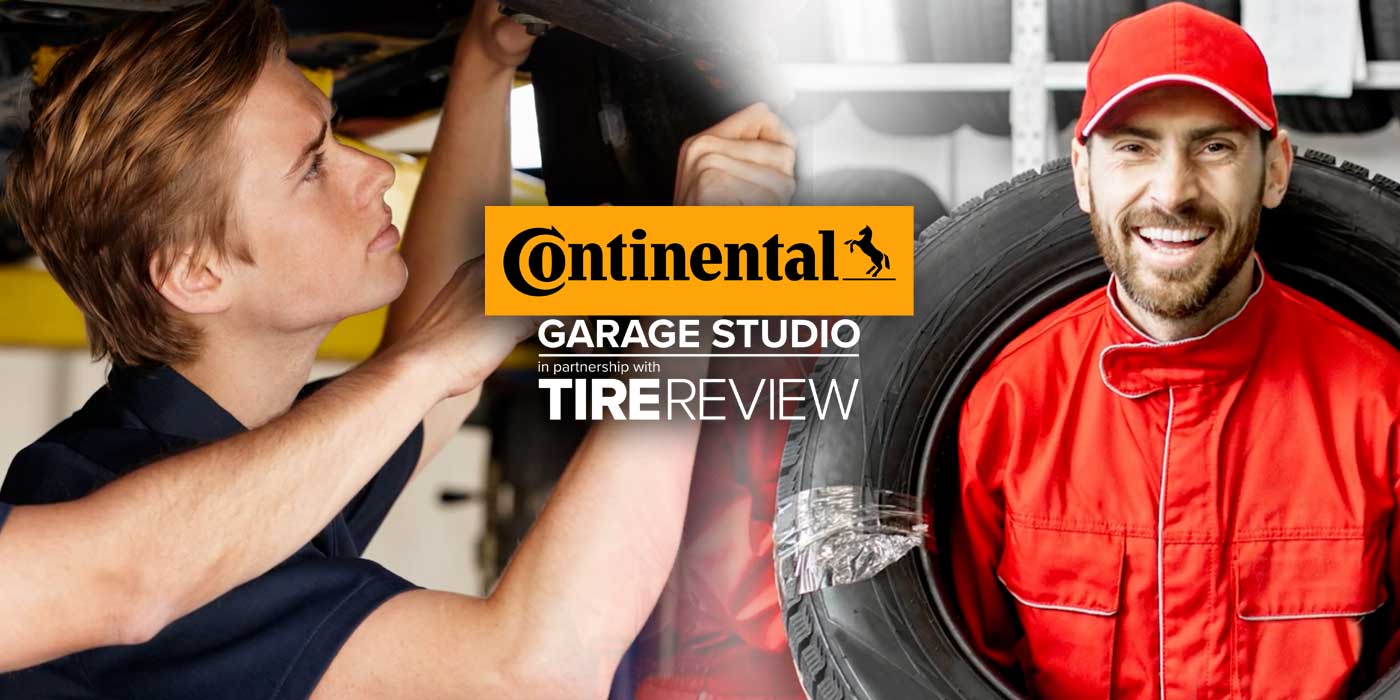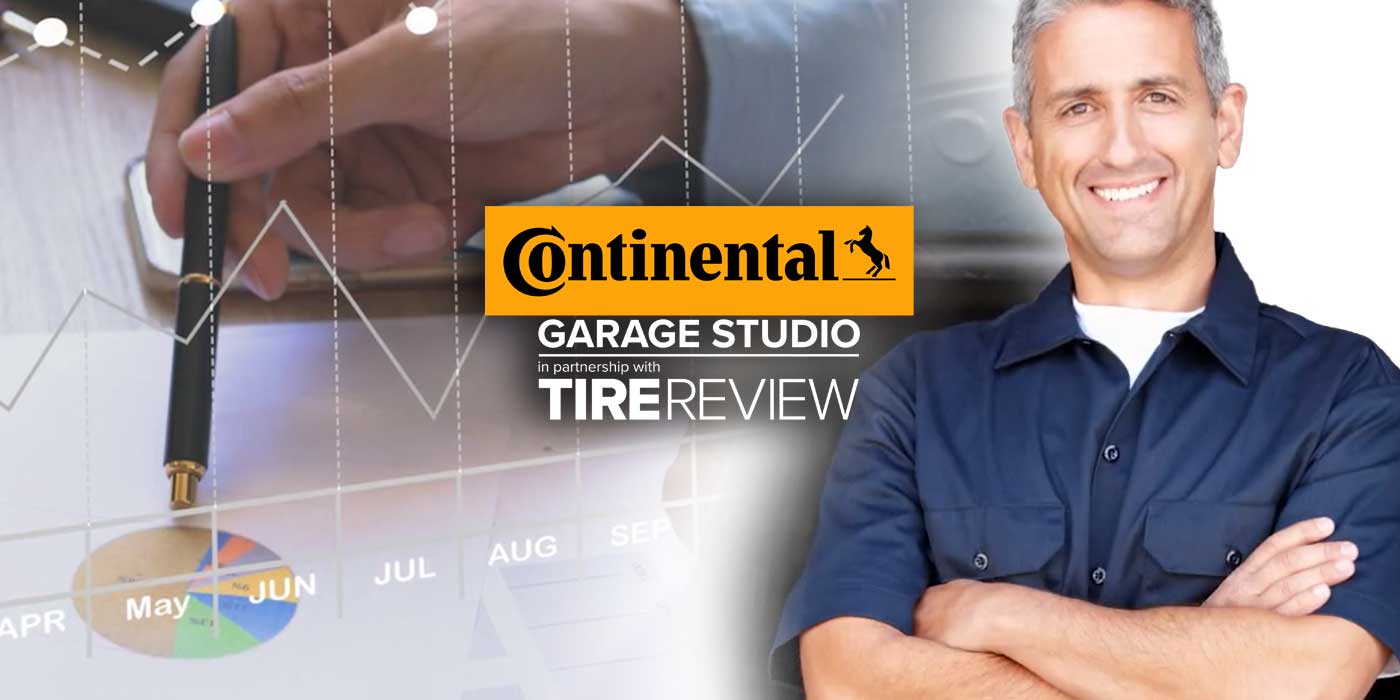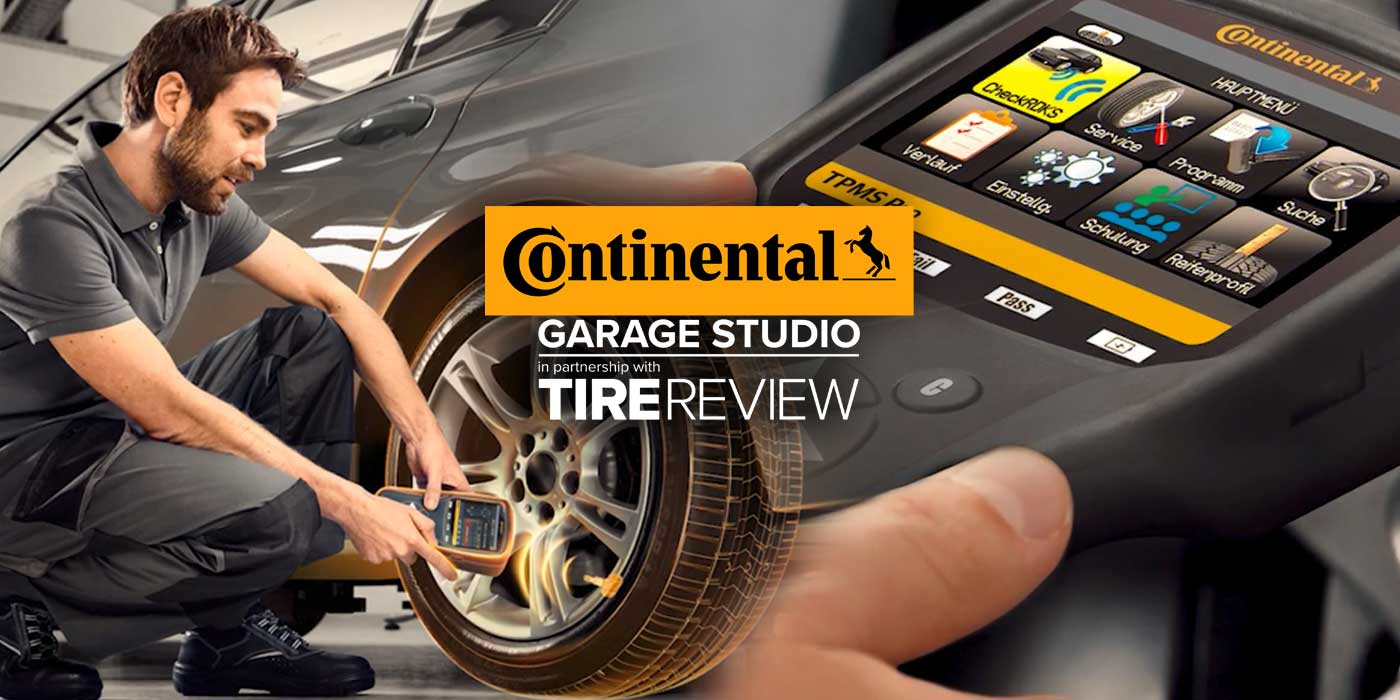As a tire dealer in an industry that’s constantly changing, you have a lot to worry about these days, and definitely don’t need a faulty car lift to add to that list. In this episode of the Tire Review Continental Tire Garage Studio series, we discuss the importance of monthly maintenance checks for your two-post and four-post lifts.
All lifts, regardless of how new or rugged they are, need attention from time to time. Daily checks such as checking the safety devices, operating controls, lift arms and all moving parts are extremely important before each use to make sure everything is functioning properly. Be sure to also check your adapters – it’s critical to your safety that they’re not damaged, missing their rubber pads or excessively worn.
It is important when making these checks to keep a watchful eye and ear on anything strange with your lifts. If something doesn’t seem right, stop using the lift until you can get it checked out, and never use a lift if any component is broken or damaged or if you see signs of an oil leak. Call a lift service professional immediately if that is the case.
Some helpful monthly checks for your lifts should include checking all arm adjusting locks to make sure they’re operating properly, checking all cable connections, inspecting safety locks for proper operation, lubricating posts with grease if needed and checking all posts.
Call a qualified lift service professional to repair any issues you may find. Never put a lift back into operation until all faulty parts have been replaced.





